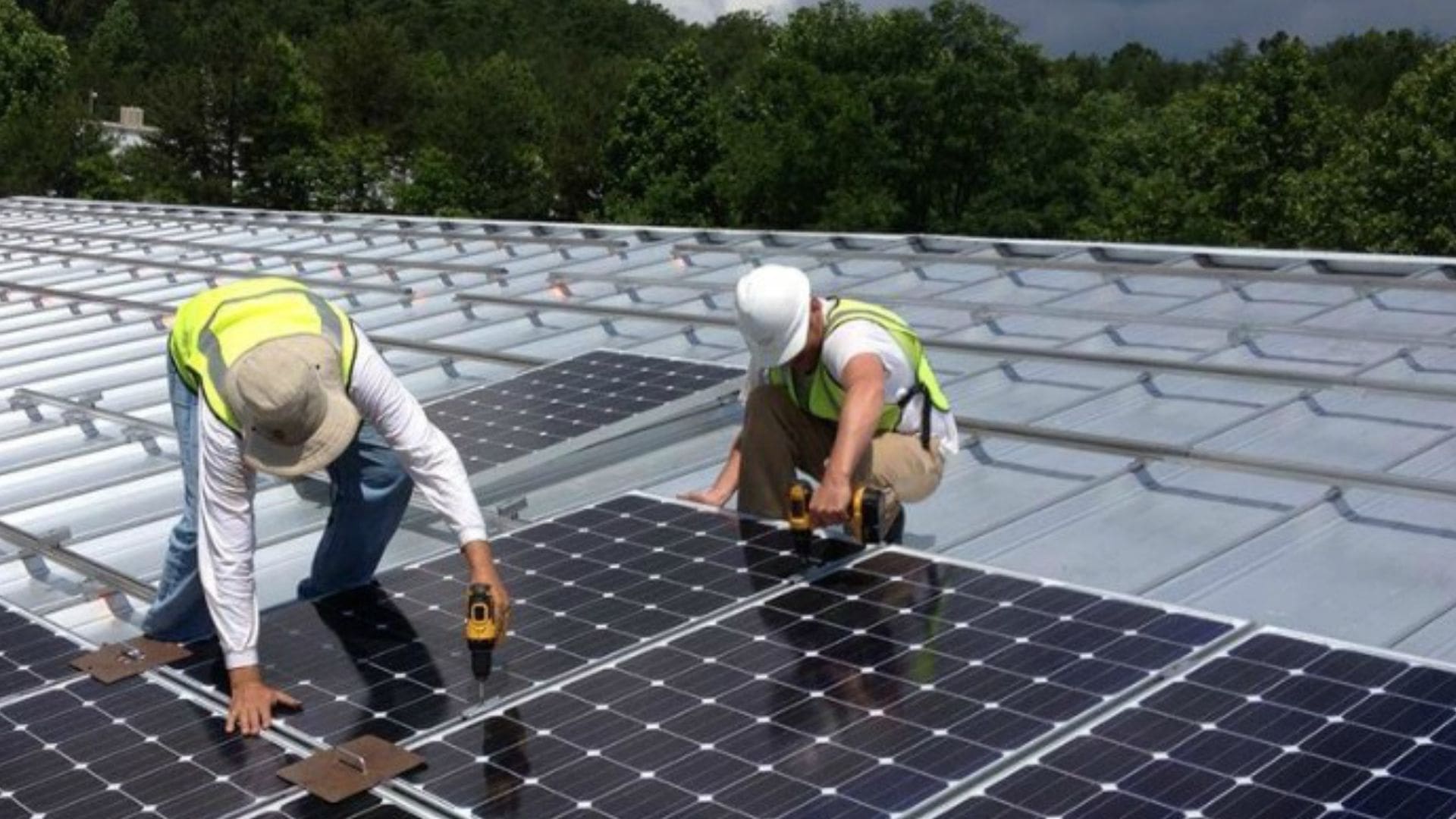Indonesia's Ambitious Clean Energy Program: Harnessing Renewables to Meet Growing Demands
- Indonesia | 10 May 2018

Indonesia, the fourth-largest country by population, faces a critical juncture in its clean technology journey. Rapid economic growth has led to escalating energy demands, putting pressure on the nation’s energy grid and creating new challenges. In response, Indonesia has increasingly relied on coal and petroleum imports, transitioning from being a net oil exporter in the 1980s to importing over 800,000 barrels per day in 2016. Recognizing the need for change, the Indonesian government has embarked on an ambitious green energy program, aiming to increase the share of renewable energy to 23% by 2025 and 31% by 2050. New regulatory bodies are being established to leverage Indonesia’s abundant hydropower, geothermal, and solar potential, with industry officials optimistic that the country could surpass its long-term goals more than a decade ahead of schedule. The potential benefits are significant, including cost reductions and improved public health through reduced emissions, which could save the country up to USD 53 billion annually.
Indonesia’s increasing demand for energy is evident across all sectors, driven by industrial growth and urbanization. Electricity consumption has tripled between 2000 and 2014, while the transport industry has witnessed a doubling in the number of motorcycles and scooters between 2008 and 2015. Despite substantial natural gas reserves of 149 trillion cubic feet and over 32,270 million tons of coal, Indonesia has struggled to keep pace with the surging demand. To address this challenge, the government is exploring a wide range of renewable technologies. Currently, the total installed energy capacity is 57 GW, with renewables accounting for only 15%. However, estimates suggest that Indonesia has a remarkable renewable power generation potential of over 716 GW, with solar photovoltaic (PV) cells alone accounting for 532 GW. Given its climate suitability, solar power is a natural fit for Indonesia, appealing to the government due to its adaptability for large-scale plants and smaller residential settings. Projections indicate that by 2025, around 6.4 GW of solar PV cells will be installed, still significantly below the potential. Although concerns about meeting fluctuating demand remain, solar technology is expected to become a cornerstone of Indonesia’s long-term energy mix.
With an estimated power generation potential of 75 GW, hydropower surpasses solar in terms of capturing this potential. Indonesia’s development plan outlines targets of installing 18.3 GW by 2025 and 24.3 GW by 2030. However, challenges arise as many of the areas suitable for hydro projects are either protected natural reserves or would require significant population displacements. Bioenergy and geothermal, though smaller in absolute terms, have garnered substantial interest in the green energy community due to their industrial sector potential. Indonesia’s government estimates that bioenergy sources such as palm oil, solid waste, rubber, and corn could contribute over 22 GW of production, transforming the industrial sector. Government projections indicate that industrial applications of bioenergy and liquid biofuels could account for more than half of all renewable energy use by 2030.
Early reports on the adoption of renewable technologies have been largely positive. In December 2017, the Energy and Mineral Resources Ministry announced that renewables accounted for 12.62% of the nation’s total electricity supply, surpassing the government’s target of 11.96%. The government has implemented measures to incentivize the adoption of renewables, including raising electricity prices for industrial consumers, removing gasoline subsidies, and forging more than 60 public-private agreements in 2017 to develop renewable power plants. Recognizing the need for a diverse range of solutions to meet energy needs, Indonesia has conducted pilot programs testing various renewable strategies in remote areas to determine their effectiveness in different regions. International partnerships have also played a crucial role in the sector’s development, as Indonesia has collaborated closely with a coalition of US technology providers and engineers to install renewable technologies and attract investments from US firms.
Indonesia’s ambitious clean energy program marks a pivotal moment in the country’s sustainable development journey. With growing energy demands, the government’s focus on harnessing renewable sources such as solar, hydropower, bioenergy, and geothermal holds significant promise. By leveraging its abundant natural resources and implementing supportive regulations, Indonesia aims to meet its clean energy targets ahead of schedule. The transition to renewables offers substantial benefits, including cost reductions and improved public health, positioning Indonesia as a leader in clean technology and contributing to a sustainable future.








